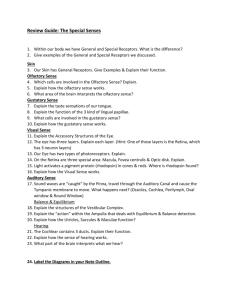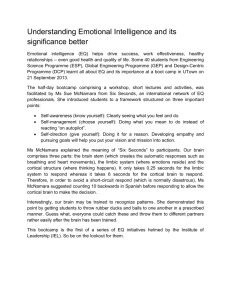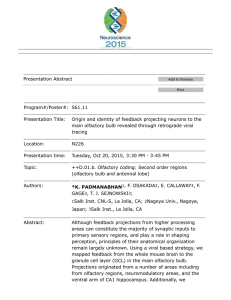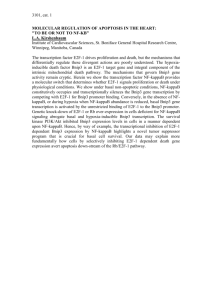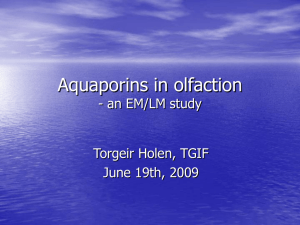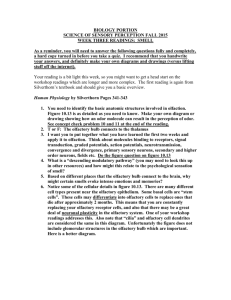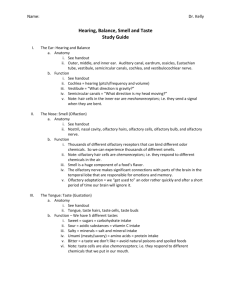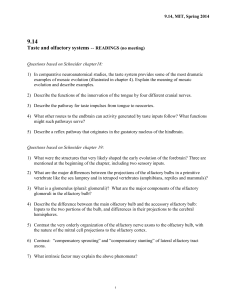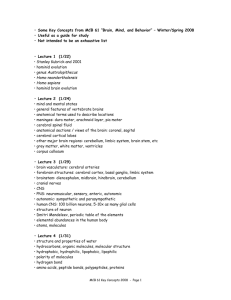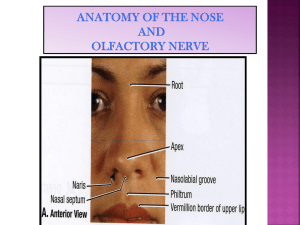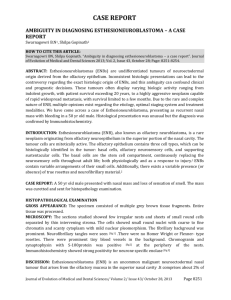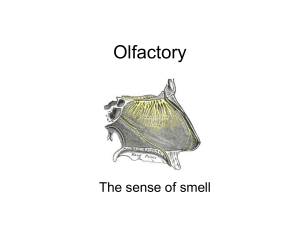Pollution
advertisement
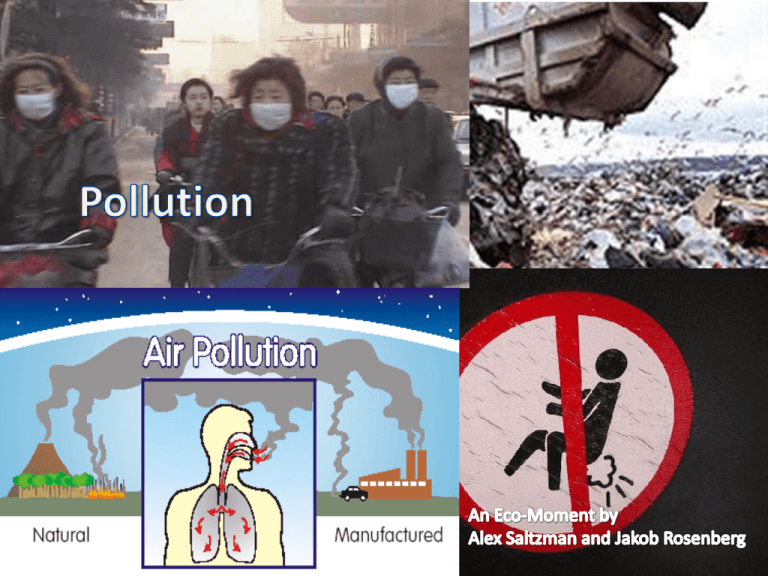
Air pollution and brain damage. Calderón-Garcidueñas L, Azzarelli B, Acuna H, Garcia R, Gambling TM, Osnaya N, Monroy S, DEL Tizapantzi MR, Carson JL, Villarreal-Calderon A, Rewcastle B. ract: sure to complex mixtures of air pollutants produces inflammation in the upper and lower espiratory tract. Because the nasal cavity is a common portal of entry, respiratory and factory epithelia are vulnerable targets for toxicological damage. This study has evaluated y light and electron microscopy and immunohistochemical expression of nuclear factorappa beta (NF-kappaB) and inducible nitric oxide synthase (iNOS), the olfactory and espiratory nasal mucosae, olfactory bulb, and cortical and subcortical structures from 32 ealthy mongrel canine residents in Southwest Metropolitan Mexico City (SWMMC), a ghly polluted urban region. Findings were compared to those in 8 dogs from Tlaxcala, a ss polluted, control city. In SWMMC dogs, expression of nuclear neuronal NF-kappaB and NOS in cortical endothelial cells occurred at ages 2 and 4 weeks; subsequent damage cluded alterations of the blood-brain barrier (BBB), degenerating cortical neurons, poptotic glial white matter cells, deposition of apolipoprotein E (apoE)-positive lipid roplets in smooth muscle cells and pericytes, nonneuritic plaques, and neurofibrillary angles. Persistent pulmonary inflammation and deteriorating olfactory and respiratory arriers may play a role in the neuropathology observed in the brains of these highly xposed canines. Neurodegenerative disorders such as Alzheimer's may begin early in life ith air pollutants playing a crucial role.
